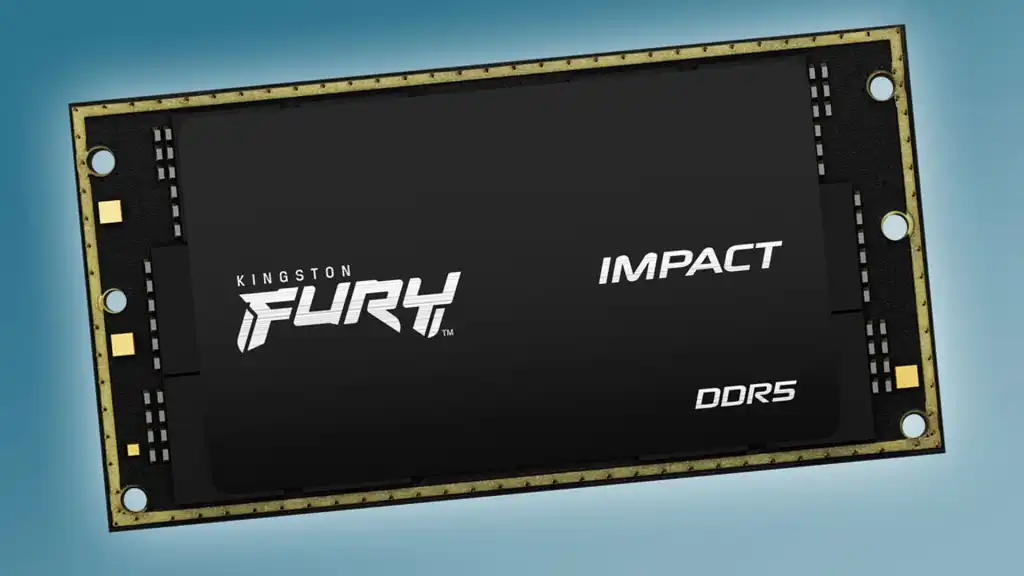Introduction
In the ever-evolving landscape of computer hardware, RAM (Random Access Memory) remains a crucial component for system performance. CAMM2 Gordon, a leading authority in technology analysis, has recently provided insights into the latest RAM designs. This article explores CAMM2 Gordon’s analysis, highlighting key advancements and implications for consumers.
Understanding RAM Designs
Importance of RAM
RAM plays a vital role in a computer’s operation, serving as temporary storage for data and instructions that the CPU (Central Processing Unit) accesses frequently. The speed and efficiency of RAM impact overall system performance, particularly in tasks that require rapid data access and processing.
Evolution of RAM
Over the years, RAM technology has undergone significant advancements, leading to improvements in speed, capacity, and energy efficiency. From traditional DDR (Double Data Rate) modules to the latest DDR5 and beyond, RAM designs continue to push the boundaries of performance and innovation.
CAMM2 Gordon’s Analysis
In-Depth Examination
CAMM2 Gordon’s analysis provides an in-depth look at the latest RAM designs, dissecting their architecture, specifications, and performance metrics. By evaluating factors such as speed, latency, and power consumption, CAMM2 Gordon offers valuable insights into the strengths and limitations of each design.
Comparative Analysis
One of the key contributions of CAMM2 Gordon’s analysis is its comparative approach, allowing consumers to make informed decisions based on objective assessments of different RAM options. By highlighting the strengths and weaknesses of various designs, CAMM2 Gordon empowers consumers to choose the right RAM for their specific needs.
Key Advancements in RAM Designs
DDR5 Technology
The introduction of DDR5 represents a significant milestone in RAM evolution, offering higher speeds and increased bandwidth compared to previous generations. DDR5 modules leverage innovative technologies such as on-die ECC (Error-Correcting Code) and improved power management for enhanced performance and efficiency.
Low-Latency Designs
Another trend observed in the latest RAM designs is the focus on reducing latency, which refers to the time it takes for data to be accessed from memory. Low-latency modules, such as those featuring tighter timings and optimized architectures, contribute to smoother multitasking and improved responsiveness.
High-Capacity Modules
As applications and workloads become increasingly demanding, the demand for high-capacity RAM modules continues to rise. Manufacturers are responding to this demand by offering RAM kits with larger capacities, enabling users to handle resource-intensive tasks with ease.
Implications for Consumers
Performance Enhancement
The advancements in RAM designs analyzed by CAMM2 Gordon translate to tangible performance enhancements for consumers. Whether it’s faster load times, smoother multitasking, or improved overall responsiveness, upgrading to the latest RAM technology can significantly enhance the computing experience.
Future-Proofing Investments
Investing in cutting-edge RAM designs not only provides immediate performance benefits but also future-proofs systems against evolving software requirements. By choosing RAM modules with higher speeds, capacities, and efficiency, consumers can ensure their systems remain capable and competitive for years to come.
Conclusion
CAMM2 Gordon’s analysis of the latest RAM designs offers valuable insights into the evolving landscape of computer memory. By dissecting the architecture, specifications, and performance characteristics of various RAM modules, CAMM2 Gordon provides consumers with the knowledge they need to make informed decisions. As technology continues to advance, staying informed about the latest RAM developments is essential for maximizing system performance and efficiency.

